Africa/Agosto de 2017/Fuente: University World News
Resumen: El fin de la universidad sudafricana principalmente busca las causas profundas y subyacentes que explicaron las prometedoras pero también devastadoras protestas estudiantiles de 2015-16 en muchos de los principales campus universitarios del país. Las protestas estudiantiles son normales en Sudáfrica, pero esto fue diferente. Las protestas normales vienen en breve y los ciclos estacionales, se limitan sobre todo a los campus históricamente negros ya los antiguos politécnicos (technikons, ahora fusionados y retitulados universidades de la tecnología), y no son generalmente violentos. Comenzando con protestas contra la alienación cultural entre los estudiantes negros y el personal en los antiguos campus blancos (las llamadas protestas de los «RáfagasMustFall» comenzando en la Universidad de Ciudad del Cabo) y luego las exclusiones financieras de los estudiantes pobres (el llamado levantamiento #FeesMustFall empezando en la Universidad De los Witwatersrand), las universidades sudafricanas descendieron a una crisis sin precedentes.
I wrote As by Fire: The end of the South African universityprimarily to search for the deep, underlying causes that explained the promising but also devastating student protests of 2015-16 on many of the leading university campuses in the country.
Student protests are normal in South Africa but this was different. The normal protests come in brief and seasonal cycles, are mostly limited to historically black campuses and the former polytechnics (technikons, now merged and renamed universities of technology), and are generally not violent.
Beginning with protests against cultural alienation among black students and staff on former white campuses (the so-called #RhodesMustFall protests starting at the University of Cape Town) and then financial exclusions of poor students (the so-called #FeesMustFall uprising starting at the University of the Witwatersrand), South African universities descended into an unprecedented crisis.
An unfolding crisis
At first, starting in March 2015, the protests were largely peaceful and non-violent, and also enjoyed significant support from the broader community.
In quick succession prominent symbols of alienation came down, from the Rhodes statue at Cape Town to the bust of apartheid leader HF Verwoerd at the University of Stellenbosch. Universities across the country engaged in seminars and symposia on pressing subjects such as the transformation of the professoriate and decolonisation.
Then the second wave of protests shifted towards free higher education from October 2015 onwards and again there was broad support for the student struggle as the action spread from campuses to the Union Buildings in Pretoria where President Jacob Zuma had gathered student leaders and university vice-chancellors to figure out how to stem the tide of protests.
The president’s announcement of a zero-percent fee increase for the next year (2016) seemed to ease tensions on campuses.
But then as the new academic year started the protests took a serious turn for the worse. A largely leaderless movement, modelled on youth protests in other parts of the world, created opportunities for all kinds of new formations.
Protests on and around campuses turned violent and buildings of several major universities went up in flames, university leaders were attacked and humiliated, classes were regularly disrupted, roads onto campuses blocked, shantytowns erected and on one campus a worker died as a consequence of the protests.
The violent disruptions went on and on. Some universities closed for weeks, others for longer. Several campuses shifted to online learning in a desperate attempt not to lose the academic year. International universities stopped sending their students to some of the leading South African campuses.
Middle-class students started to look at overseas options for study as did some professors for work. Students from other African universities started to express concern about coming to South Africa for studies – a cheaper and nearer option for quality higher education than Europe or the United States.
What was going on?
Proxy for deeper concerns
The conclusions drawn from As by Fire are important for understanding the future prospects of higher education in South Africa.
It was clear that in many ways the campus protests were a proxy war for deeper concerns about the South African transition. The promise of democracy in 1994 did not deliver and this generation of post-apartheid students were angry and anxious about what this meant for their futures.
On campus the costs of higher education was one place in which they experienced severe hardship. Unable to meet the immediate (tuition fees) and broader social costs of university studies (accommodation, food, travel, family support, deferred income), a campus was the right place for young men and women to express their outrage that life had not improved under the illusory rainbow nation.
What the students rightly protested was the systemic character of the crisis in higher education, and this was the single most important contribution of the protest movement.
Lost in the fire
But something else was lost in the fire, so to speak. As the protests turned violent over extended periods of time, something much more fundamental had shifted in campus cultures that speak to the future of South African universities.
For one, violence and disruption had threatened to become the new normal on campuses. A lull in protests was often short-lived until the next crisis. Losing precious teaching time was now normal but also more visible as regular reports revealed the constant disruptions happening especially on black and merged university of technology campuses on any number of issues, from insourcing workers to the provision of more student accommodation.
What was also revealed was the extent of the welfarisation of the South African university; that is, the extent to which the university was now seen as a place to demand a range of support services outside of the longstanding duty of a place of higher learning – teaching, research and public service. Now routine student demands include sanitary pads and condoms alongside after-hours transportation and food services.
More and more the public university was seen as another government department and the officials tending them as officials of the state. The traditional notion of a university was now itself under threat.
Silencing and exclusion
Another cultural shift on campuses with potentially devastating consequences for universities is the closing down of space for dissent. That is, dissent from the dominant – though certainly not majority – student voice.
During the protests, and since then, criticism of the new orthodoxy (violence, disruption and even decolonisation) is met with immediate reprisal, from the drowning out of alternative voices to outright threats.
Some professors consciously avoid campus seminar topics in which they offer support but also criticism of the direction of the protest movement. Many students simply do not show up at events where the content and the atmosphere discourage not only voice but even presence – as with the disruption of a speech by Kenyan writer Ngugi wa Thiong’o in which the black students insisted that he not continue until the white people in the hall left.
These new patterns of silencing and exclusion merit a courageous study of its own but the implications for open, democratic and inclusive higher education are very serious.
Threats to university excellence
By taking a comparative perspective on what was happening in South Africa, it also became clear that the pressures changing post-apartheid universities were exactly the same that levelled the most promising post-colonial universities from Kenya and Uganda to Zimbabwe. Those factors included chronic instability and underfunding by the government.
For South Africa’s elite English campuses, the protests demonstrated that the appropriate frame of reference for these institutions was not the Oxbridge system but the post-colonial African university.
In the medium to long term, these campuses might well become mass-based training colleges for the poor going through the routines of what post-secondary institutions normally do but having lost the intellectual vitality, critical independence and world-class scholarship that rates these universities among the best in the world.
Which brings me to perhaps the main reason for writing As by Fire– to warn against this trend and to push back against what some already see as inevitable.
Fuente: http://www.universityworldnews.com/article.php?story=2017082408304974
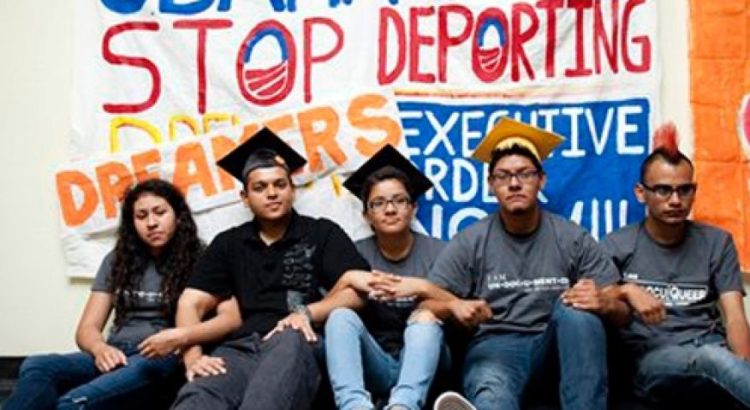


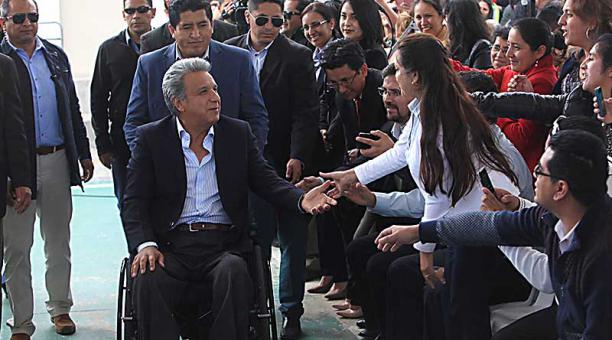
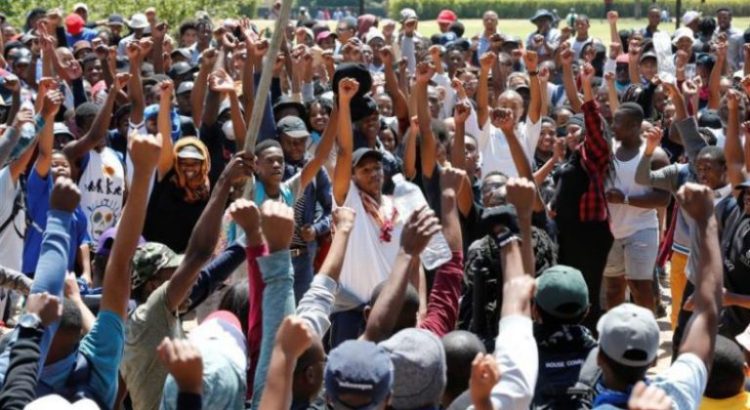
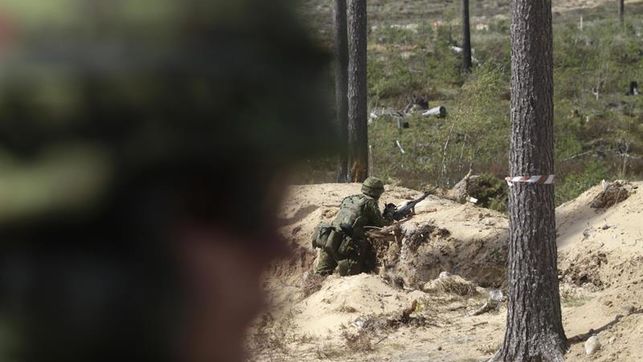
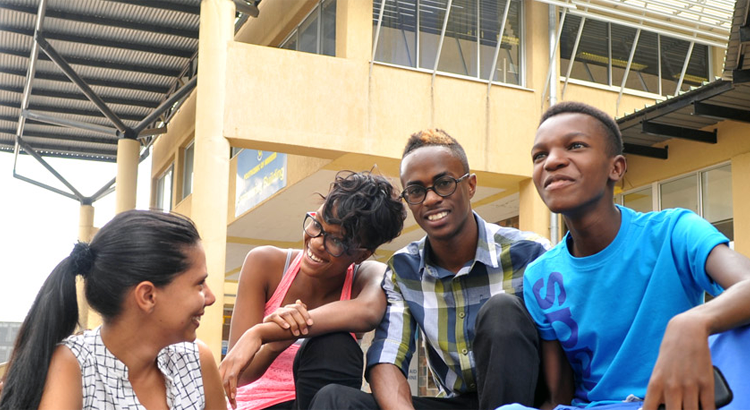






 Users Today : 49
Users Today : 49 Total Users : 35461571
Total Users : 35461571 Views Today : 61
Views Today : 61 Total views : 3422147
Total views : 3422147